Hello! I’m David Kramer, and I've been teaching at MICA for two years as a third-grade homeroom teacher. I was born and raised in New Jersey. I moved to Korea to teach ESL. MICA is my first experience teaching at an international institution, and I’m incredibly grateful for the opportunities it’s given me. I’m excited to share what a typical day looks like for me and my fellow teachers.
Start of the Day
I live in the housing provided by MICA, which is just a five-minute walk from Migeum station. I usually leave around 7:10 AM and head to Exit 8 of the station to catch the MICA shuttle bus at 7:20 AM. Most teachers take the shuttle, and it’s a comfortable 10-minute ride. During the short trip, I typically chat with my colleagues or listen to music.
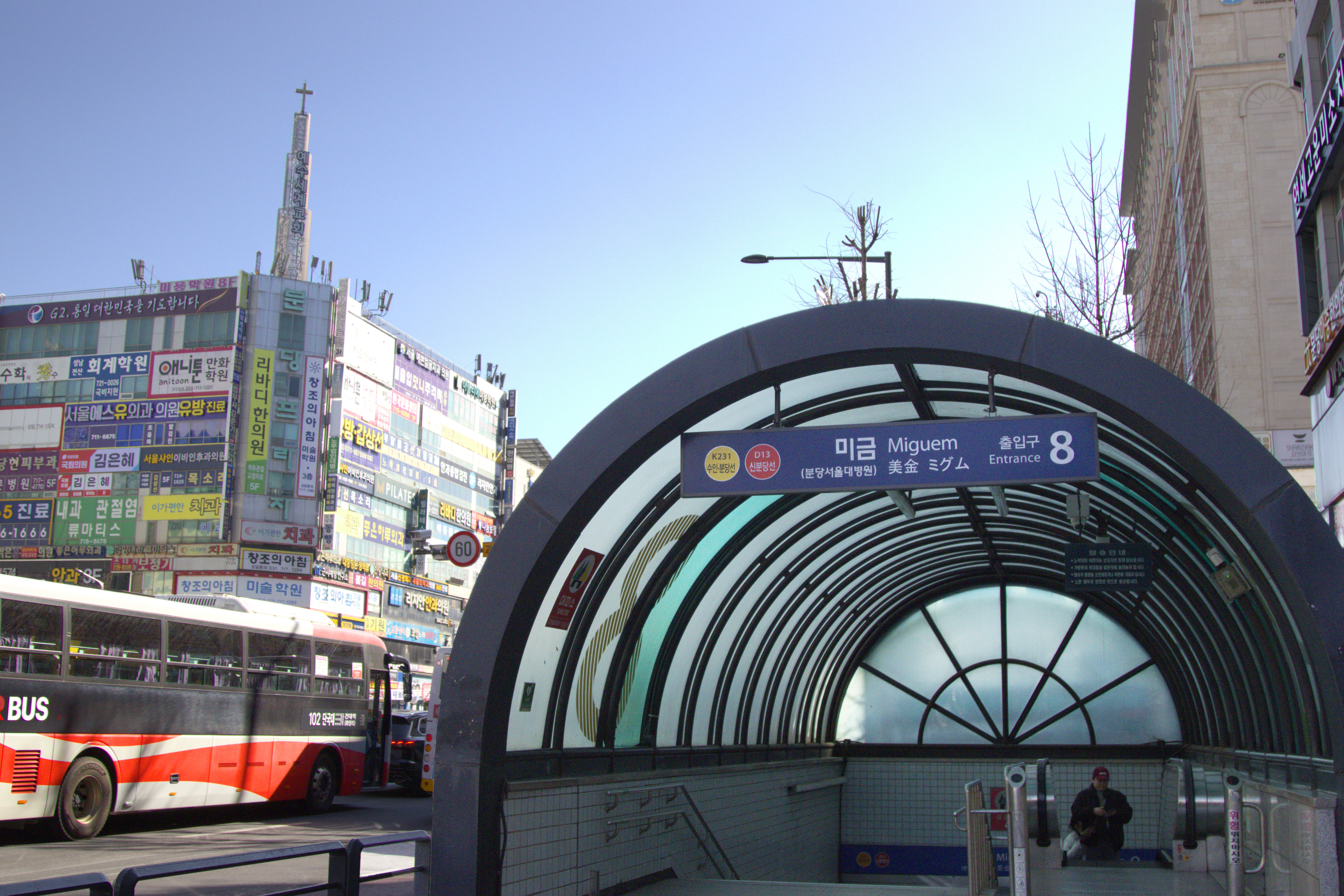
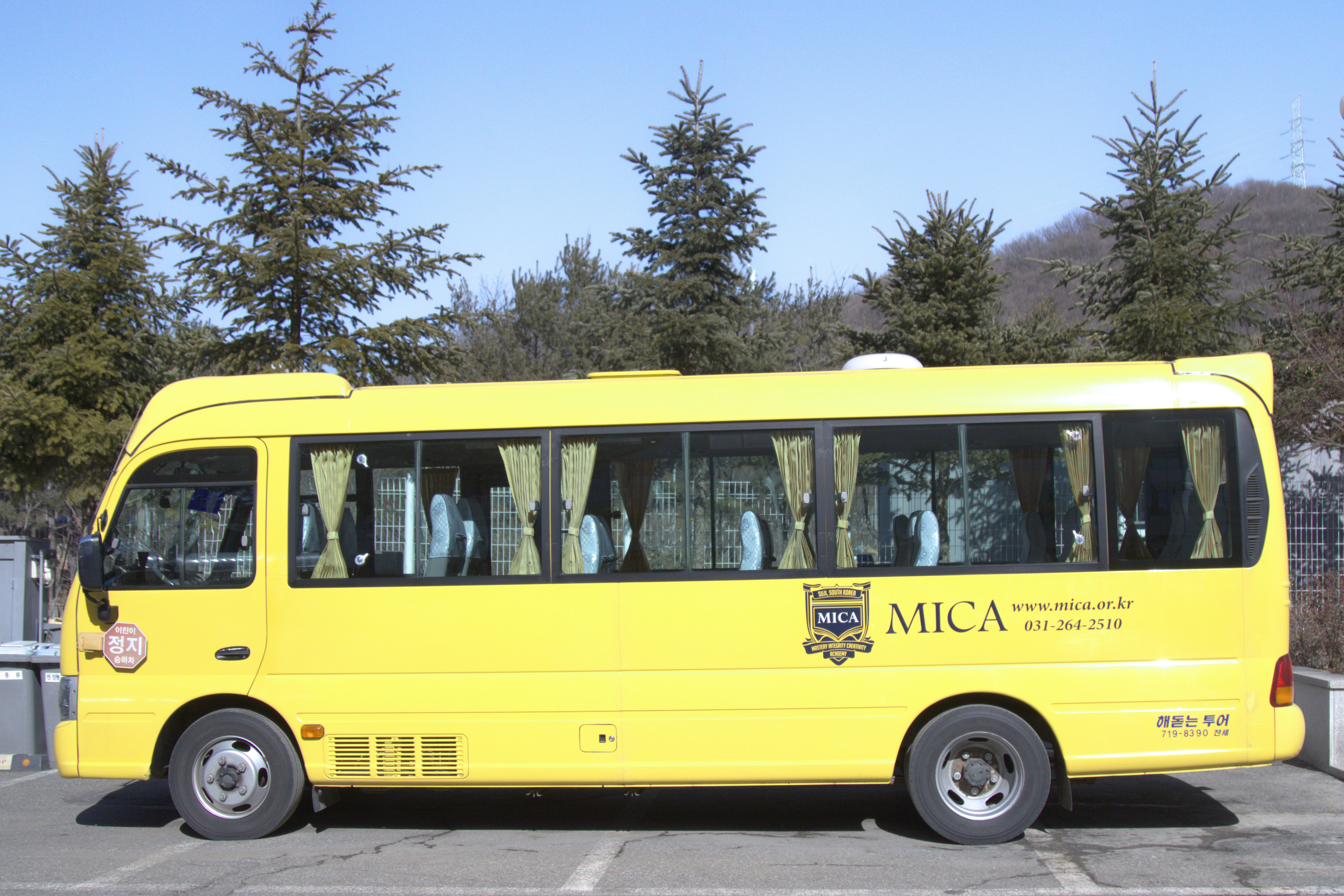
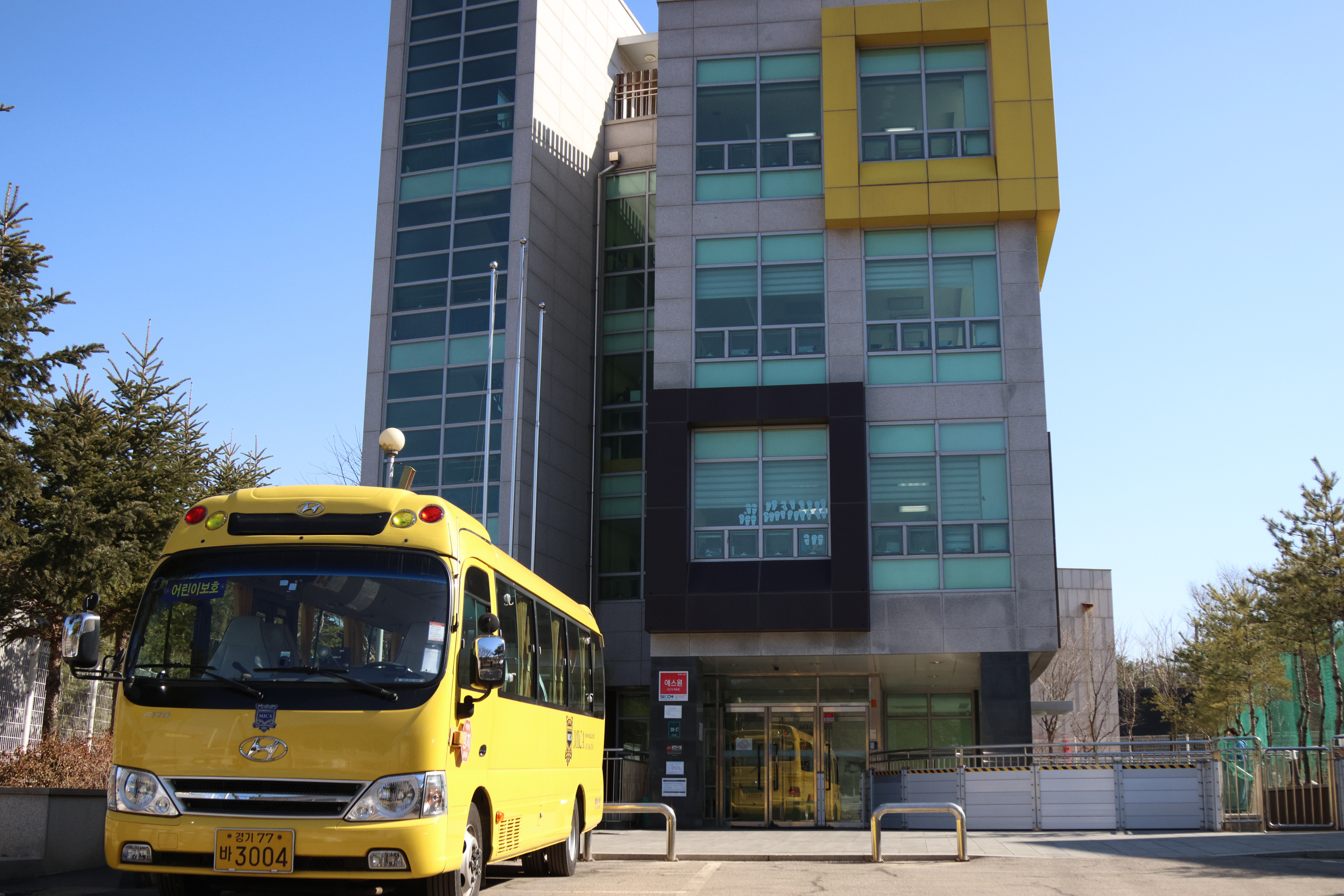
To get ready for class, I print out the materials and lecture notes for my students. Once I’m done preparing for the morning lessons, I grab a cup of coffee in the staff room and chat with the other teachers. By 8:15 AM, students start arriving, and I help them store their backpacks in the correct cubbies and finish setting up my laptop and the touchscreen TV for the academic day.
During the Day
As a homeroom teacher, I teach math, reading, science, social studies, and writing. Three days a week, I teach four of these subjects, and on the other two days, I teach all five. Specialty classes like art, music, P.E., Korean, Chinese, and IT are taught by other teachers in different classrooms, giving me two free periods each day. During this time, I grade papers, prepare materials for upcoming lessons, and occasionally take a walk around the campus. This helps me complete all my prep during the start of the day, so I never have to bring work home.
We follow a general curriculum for lesson plans, with clear expectations for each quarter, but there's a lot of flexibility in how we approach the material. If we find we're moving too quickly through a topic, we can adjust and add related content. Lesson plans are done on a weekly basis, which allows us to adapt to the students' pace. The institution places a lot of trust in its teachers, especially those with more experience. They understand that we know what we’re doing and give us the freedom to manage our classes as we see fit, while also offering support.
- First period: Math from 8:40 to 9:30
- Second period: Reading from 9:35 to 10:25
- Third period: Specialty class (free period from 10:30 to 11:20)
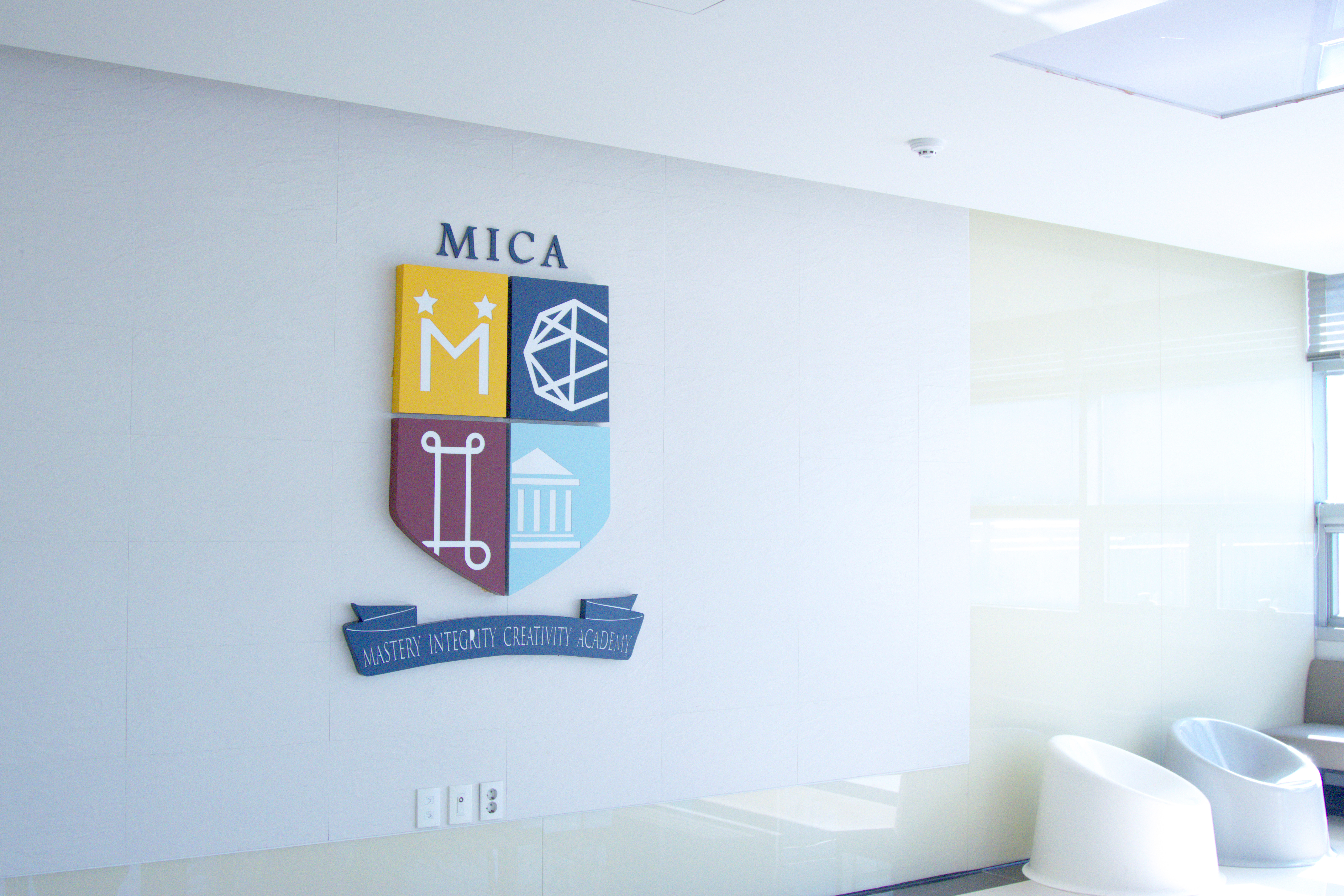

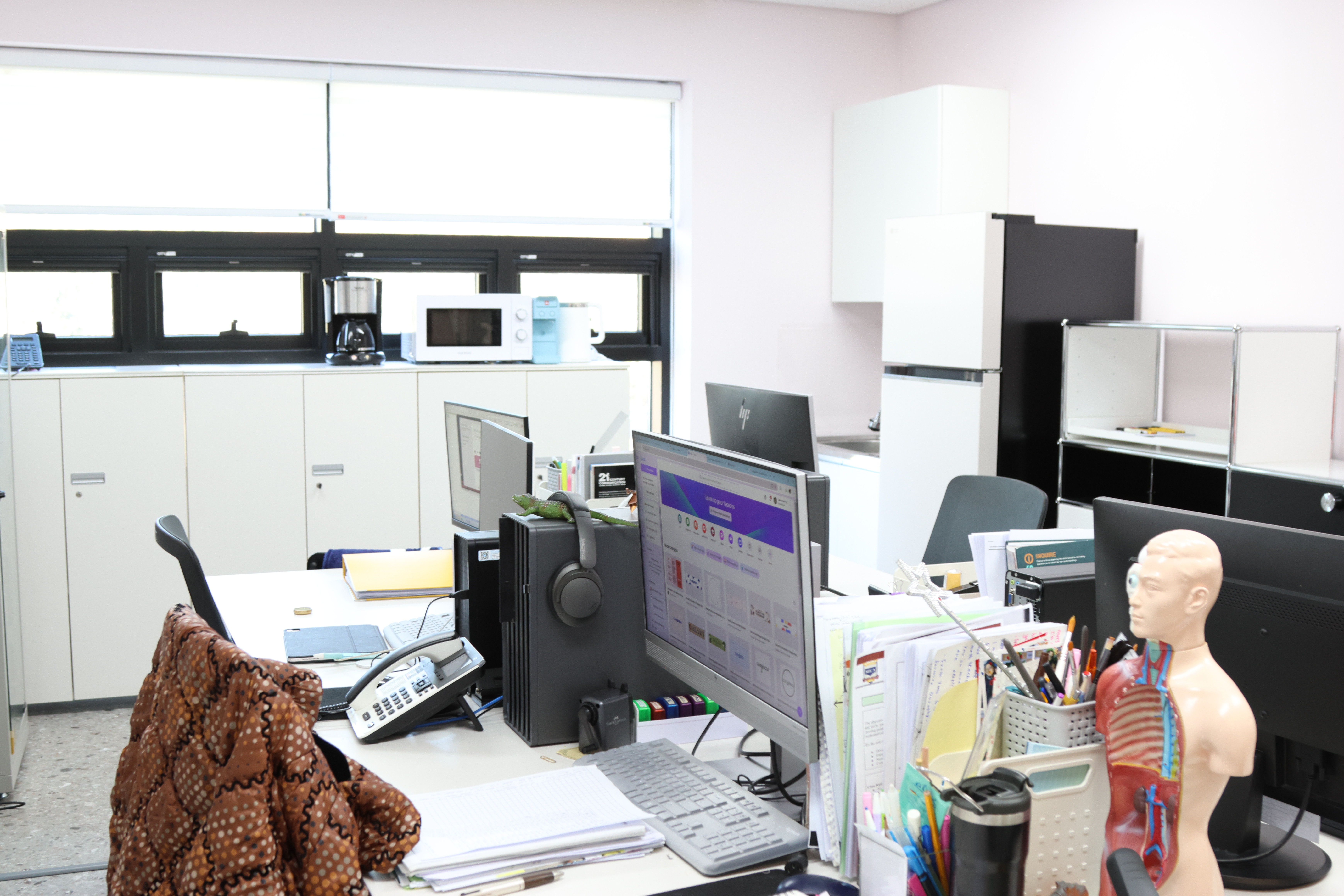
At 11:20 AM, we break for lunch and recess, which lasts until 12:20 PM. For lower-primary students, lunch comes first, followed by recess, while upper-primary and secondary students have recess first. Teachers take turns supervising lunch and recess. For example, on Mondays, I supervise lunch, and another teacher handles recess. We don’t sit with the students but monitor them from a separate table near the vending machines. Lunch is provided by the institution and typically includes rice, a main dish, side dishes, and soup. Today's menu featured marinated chicken, a cheesy omelet, pigs-in-a-blanket, and udon broth. Classes resume at 12:20 PM. I usually finish my last class around 3:25 PM, which allows me to help students pack up and send them off.
- Fourth period: Science from 12:20 to 1:05
- Fifth period: Specialty class (free period from 1:10 to 1:55)
- Sixth period: Social Studies from 2:00 to 2:45
- Seventh period: Writing from 2:50 to 3:35
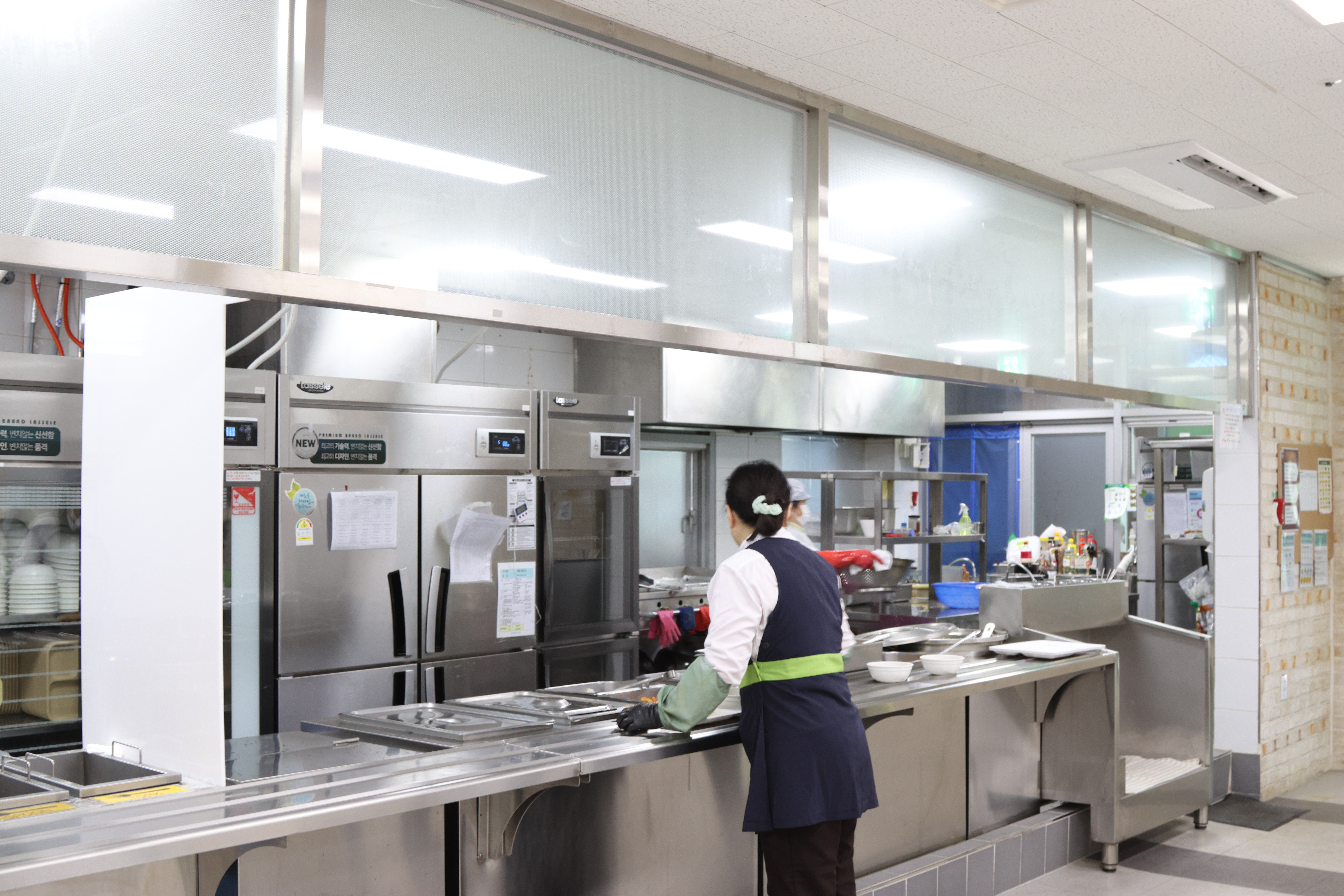
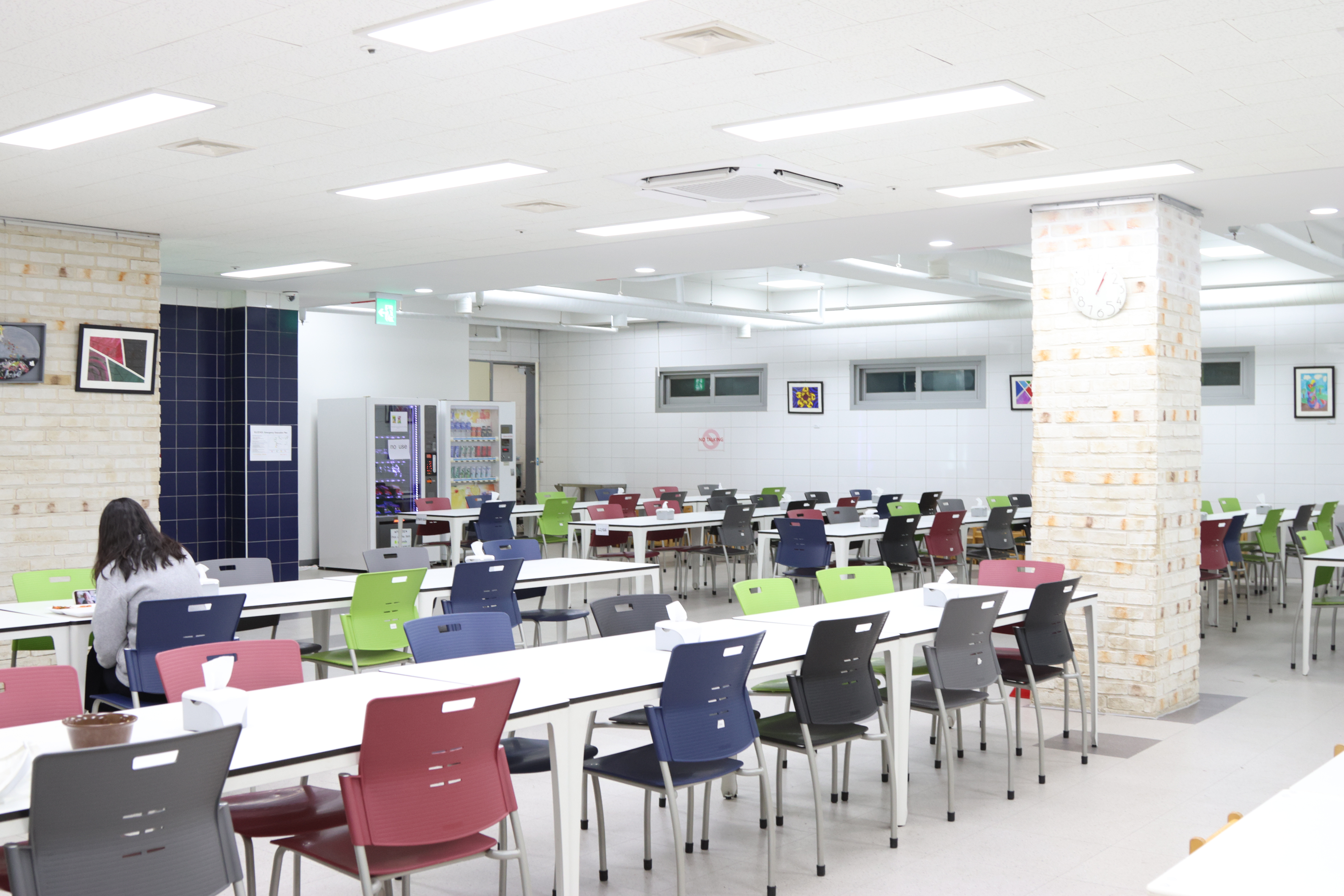
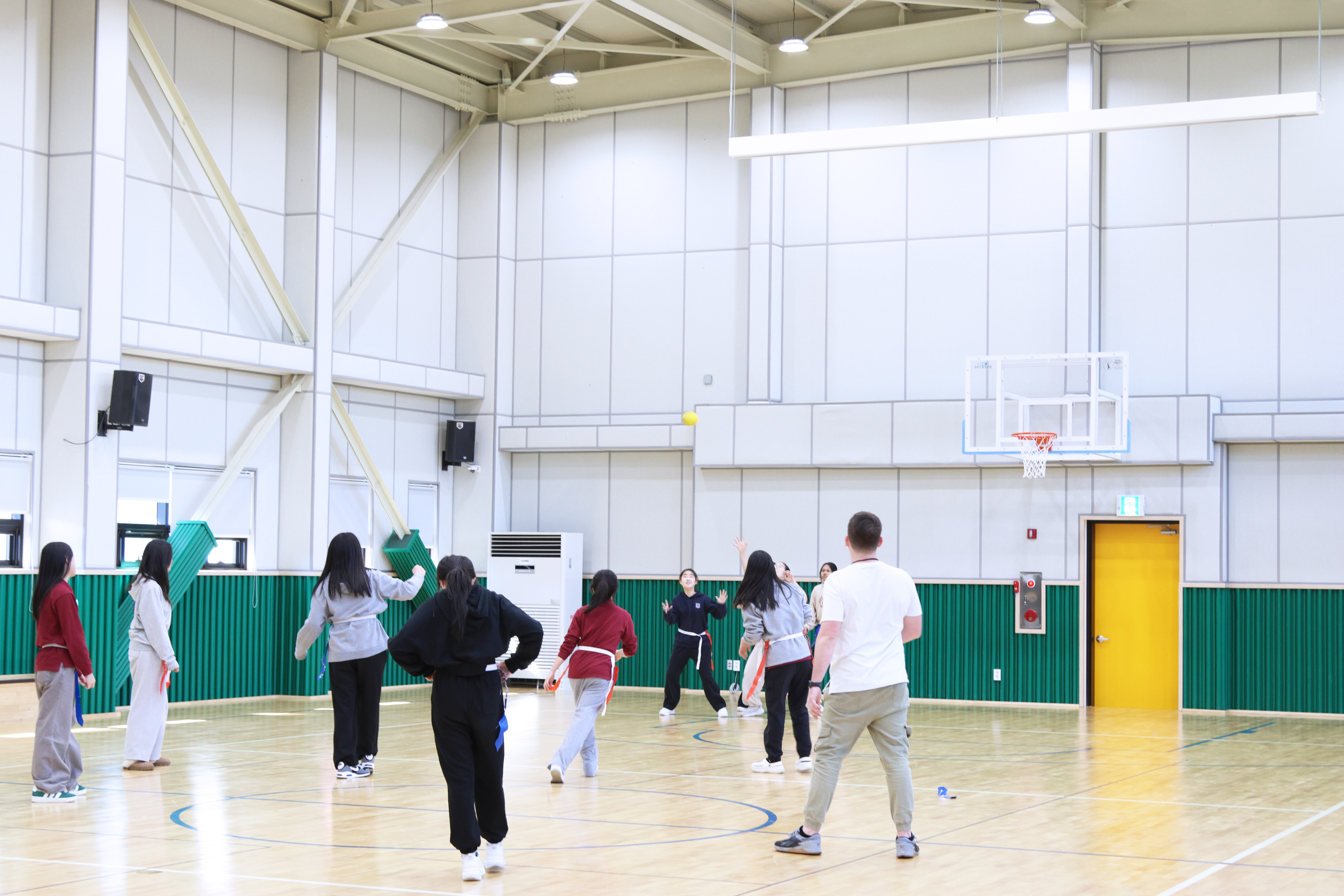
After-Class & Extracurriculars
After-class programs run from 3:40 to 4:30 PM. Teachers are encouraged to propose at least one program based on their interests and to teach it once a week. As an avid hockey fan, I teach floor hockey on Tuesdays, I teach floor hockey. Some teachers, like myself, choose to be more involved and run multiple programs. On Thursdays, I also teach a Test-Ready Readers class for primary students transitioning into our secondary program.
On days when I’m not teaching extracurriculars, I use the time to prep for upcoming lessons or relax. Other teachers, like Mr. Harwood, are involved in athletics and coach teams that compete with other institutions. Games take place every other week, with the games being hosted in MICA and the other institutions. Teachers who run after-class programs are compensated for their time, which not only provides a financial incentive but also gives them a chance to connect more with students outside of the classroom.
End of the Day
At around 4:40 PM, I catch the shuttle bus back to Migeum Station and head home. Some teachers get together for dinner, but since I’m married, I usually say my goodbyes and head home to spend time with my family.
One of the best things about MICA is the supportive community. The teachers, administration, and leadership are all incredibly helpful. Daniel, our Dean of Students, is especially prompt and responsive whenever I have a concern, which makes the work environment even more positive.
Overall, I feel fortunate to be part of such a welcoming and supportive academic community. When I first started at MICA, I was working on my teaching certification, getting married, and starting a family. Despite everything happening at once, the schedule gave me the flexibility to manage my personal life, and the support from the staff has been incredible.
Share

David Kramer
Mr. Kramer (G3 Homeroom)
Hello! I’m David Kramer, and I’m proud to be a third-grade homeroom teacher at MICA International Scholars. Before MICA, I taught ESL to middle and high schoolers, so the transition to teaching younger learners has been both challenging and rewarding. The switch to elementary education has been an amazing learning experience, and I’m thankful for MICA’s support in earning my U.S. teaching K-6 certification